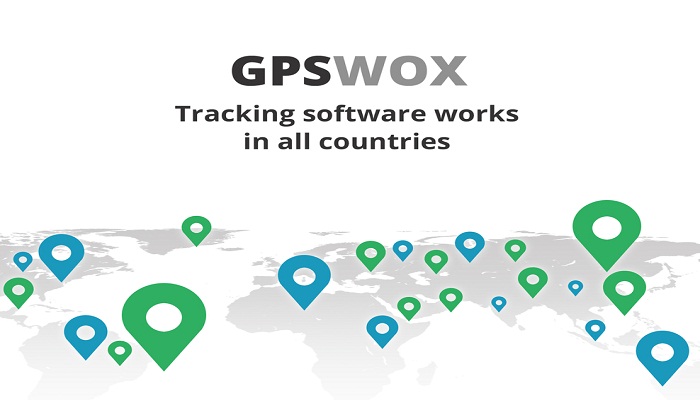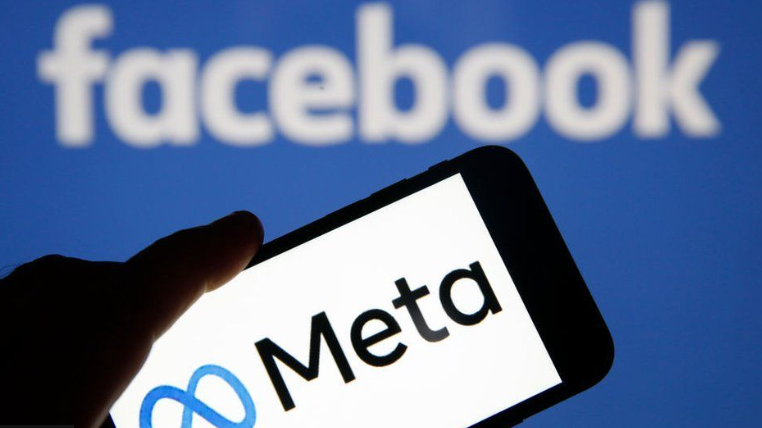98% of brands invest in technology that would help them improve their content measurement problems.
The boom of big data has shown the importance that information has for brands and has made these have begun to obsess with the issue has gotten data become the most sought by companies. Companies accumulate information and more information and trying to grab data and more data about their consumers. The more data you have, the more complete will be the vision we have of consumers and their interests and tastes, so the markings are thrown into a race for the data.

The sources of information are many and varied and the interest of marks accumulates data and more data equally high. You could say, in fact, that brands suffer a kind of Diogenes syndrome information, which can accumulate everything but that is not really a guarantee that they will be much more efficient. In fact, the big data – and especially the success of the strategy of big data – is not just a matter of information. To succeed in this field and to do things right you have to add many more elements to the equation.
And in fact studies do little more than show that brands are not getting what they want and face serious problems with getting manage information and data. In general, manufacturers fail to understand the data, as noted in an analysis of BizReport, and suffer when processing information, or rather, to convert these raw data into something valuable. Thus, as just demonstrated a study of Rapt, brands face many problems in measuring what they are already doing in establishing services derived from the data. They have the information, but get stuck when it comes to read and convert that data into something valuable or something that really helps them to connect with audiences.
In fact, according to data from this study, 98% of brands invest in technology to help them improve their content measurement problems. But not only spend more money on technology, but they also recognize the problems that are suffering right now and make your results are not as good as they would like. 75% acknowledge having trouble personalize your content to a level that is sufficient to their different audiences and 47% say that what you are doing is not versatile enough to fit in all channels.
Metric erroneous and late application
The study data Rapt should also be read in parallel with other data from another study that also just came out and pointing another problem that brands have the time to read the information. The numbers and perceptions of marketers, suggests that perhaps the marks are being led by a series of metrics wrong and are giving too much importance to issues that should be secondary.
According to point the professionals themselves, and as stated in a study of Origami Logic, believe they should be much faster when processing information and read the signs. That is, practitioners believe that there is a too high offset from the time when the data to be analyzed until the exact moment that can actually read occurs.
You may also like to read another article on Web-Build: 95% of consumers see analysis and reviews online
The data underpin these ideas. Only 39% of brands have the ability to read data at least weekly, while 77% would like to do so, and this adds that 60% is not capable of measuring data transverse to the platforms.
The problem of data
Figures and studies also serve to demonstrate that it was a serious and complex problem at the exact moment in the big data began to emerge remains so years later. The information still has the same elements of pressure and tension businesses and brands continue to face the same problems.
On the one hand, the data is still in silos and brands continue to face the problem that they are not able to efficiently read information from a set mode. This is a serious problem, as consumers are increasingly ubiquitous and are therefore in most scenarios. Your data jump from one place to another and brands must be able to understand that the consumer is one thing on stage it is also in others. Data from one and the other side have to marry in a final picture.
And, secondly, the marks are still suffering from the data itself. The growing interest in accumulating information has made them forget that this information has to be read, stored and managed and that the big data is not much, so if all you get is drown brands in an avalanche of data.









+ There are no comments
Add yours